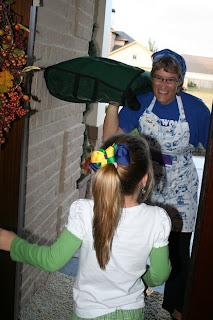As if I needed another addiction, I got hooked on Really Good Stuff about a year ago when I stumbled on a really good blog post at The Teachers' Lounge. The words made so. much. sense. and really resonated with me. So I started to navigate through their site, stumbled on a Really Good Giveaway (that I actually won!), and sent an idea for Earth Day their way. I read through the cute Classroom Capers and checked out their character education resources. So much to do on one site. Oh, and it didn't hurt that their stuff is so colorful, creative and fun!
In June as I was being bitten by the blogging bug, RGS ran a contest for the Best Classroom Blog. That's when I knew I wanted to be aligned with a Really Good Company like this. So I wrote an email offering that if they ever needed a guest post, I'd be happy to write for them and Brandi wrote back and asked if I'd like to be a monthly guest columnist. I felt SO blessed that day and have been writing for them since August. A couple of other TBA authors like Erin Klein from Kleinspiration and Cheryl Saoud from Primary Graffiti also write for them.
Today I'm excited because this afternoon at 4 pm (CST), I got to meet Brandi and hear her voice for the first time when we visited on Blog Talk Radio. Tune in to listen using the radio widget below or on the right; the radio is always on at the Corner.
Listen to internet radio with TeachingBlogAddict on Blog Talk Radio







































